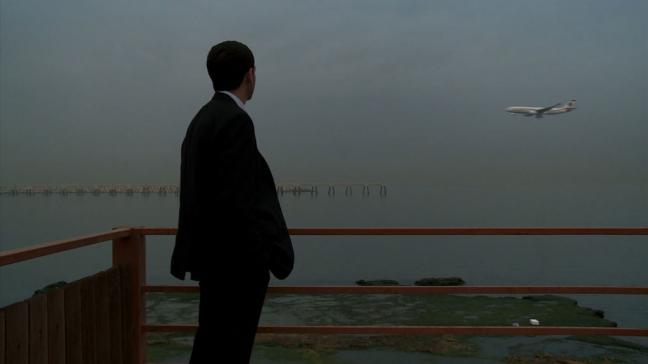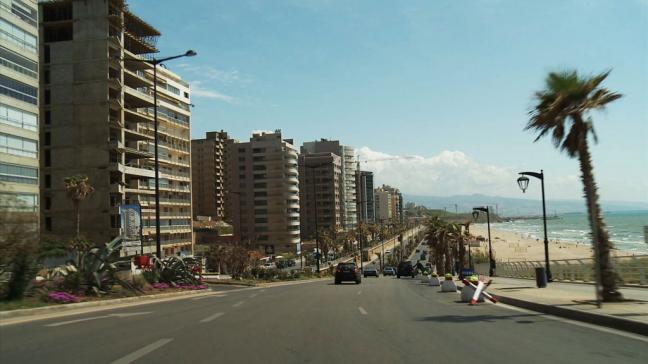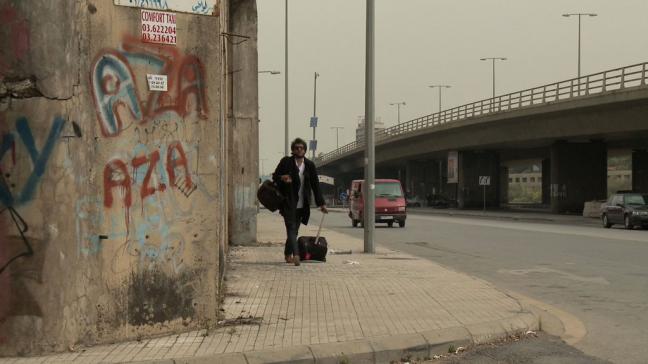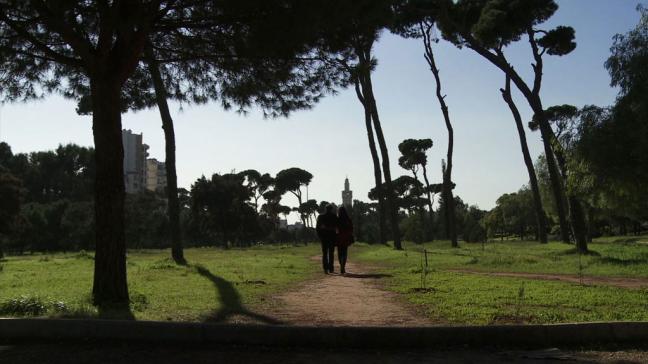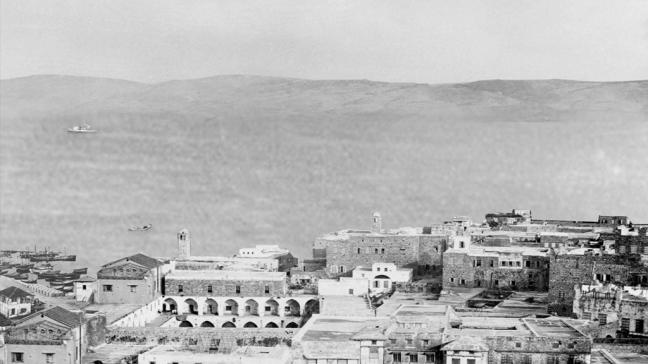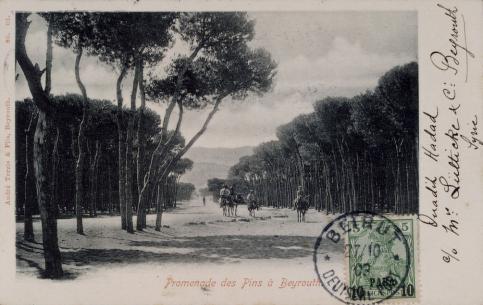Lamia Joreige is an artist and filmmaker who lives and works in Beirut. She uses archive material and fictional elements to examine the relationship between individual stories and collective history and to explore the representations of the Lebanese wars and their aftermath in Beirut, a city at the center of her imagery. In the exhibition “And the living is easy – Variations on a film,” Lamia Joreige presents a three-part installation based on the feature film she made in Beirut in 2014. In this film, through the depiction of the daily life of five characters, Lamia Joreige provides us with a portrait of her native city that lies within the beauty of the images, the apparent sweetness of life, and the anguish associated with the political instability in the Middle East.
The political, social, and urban changes that have occurred in Beirut from the nineties to the present day, have transformed the city and its way of life. For the past ten years, Beirut has been a city held in abeyance, ‘frozen’ in a present that prevents us from projecting ourselves into the future, in expectation of a resolution to not only the country’s conflicts but those of the entire region. This state of suspension is at the heart of my feature film And the living is easy, which I directed in 2014 and which will be screened daily during the exhibition.
What are the questions that arise when one shifts from the filmic space to the exhibition space? What happens in the thought process guiding a piece from its origins to its creation; and, inversely, after it is realized, what happens when we undo it, rethink it, and reinvent it?
The installation And the living is easy – Variations on a film interrogates the fabrication of my feature film And the living is easy (2014) and the possible forms it creates. It is divided into three parts, or Scores (Partitions , in French)—the Screenplay , the Soundtrack , and the Cartography of the film —that reconfigure the material, space, and length of the film in the exhibition space.
There never really was a script for And the living is easy . The shooting took place in 2011 and was entirely based on improvisations. The scenes were inspired by places in the city and by the desires of the characters, who, for the most part, were not professional actors and mainly played their own roles.
Thus, Score l , the image-text is a document written after the work whose entire material it traces, from the shooting to its realization: it encompasses the shooting and the production—including the scenes in the same order they were edited—the corresponding takes that were dropped during the editing, as well as the scenes that were shot but discarded in the final cut.
The typescript, presented as a frieze of more than 15 meters, underscores the creative process while allowing for speculation and suggesting multiple readings.
Score II , the soundtrack, is a sound installation in collaboration with Charbel Haber, set up in the exhibition space. This work interrogates the notion of a soundtrack in cinema by deconstructing that of my own film and recomposing it in another form, another tonality, and within a different spatial configuration. The challenge was to use no external instrument, whether analog or electronic, and to work only on the soundtrack of the film, without adding anything, yet working on the speed, reverberation, spectrum, and texture of the sounds.
Score III reverts to the historical principle of the frieze in order to reflect on what has happened in Beirut between the time in which the film was shot and today, on a sociological, political, historical, human, and geographical level; to examine what has happened between the two periods. The film becomes a prism through which I observe this period, and its geography becomes the main thread of a collage made of photographs, videos, texts, personal notes, newspaper articles, where the real and the imaginary blend together to tell stories—quotidian events, historical movements, or imagined narratives—proposing us a non-linear reading. Here, as in my previous work, the question of history and its possible narratives is central.
As a prelude to the main installation, Beirut 1001 views , the second chapter of Beirut, Autopsy of a city (2010), will be presented in the exhibition. Evoking a palimpsest, this video based on photographs from various periods, brings together different temporal elements that perpetually fluctuate between absorption, disappearance, and reconfiguration.
Lamia Joreige


